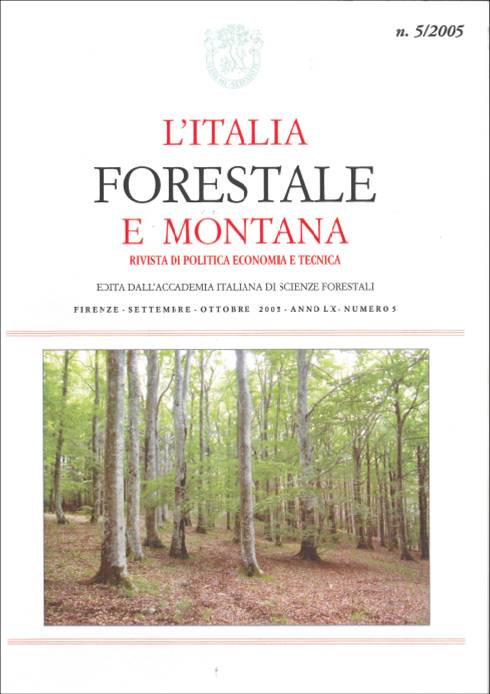Published
2008-10-24
Keywords
- ideotype,
- Picea abies f. pendula,
- pulp & pape,
- plantation density,
- biomass distribution
Abstract
Finland has the highest percentage of forest cover in Europe and the pulp & paper industry is one of the main sources of business in the country. This type of industry needs constant and cost-effective supply of timber which could be only secured by highly-innovative research and development in the forestry field. Over the years, Finnish researchers have been focusing on selecting species and individuals (i.e. clones) with the best performances in terms of quantity and quality of timber production. Among the main species, Picea abies (L.) Karsten, Betula sp. and Pinus sylvestris L. have been considered those with the highest potential and therefore selected for a wide range of trials. The selection of new individuals is based on the concept of tree-ideotype that is a tree model which is expected to perform in a predictable manner within a defined environment. Defining one or more tree-ideotype would allow pulp & paper industry increasing timber production in a relative short period of time. In this context, this study provides research from a project conducted in Southern Finland during the period 2005-2006. The project was aimed at defining a tree-ideotype for Picea abies f. pendula being able to produce higher quantity of undifferentiated fibers per hectare and to grow with high plantation density without any intermediate cutting. We compared the performances of of Picea abies and Picea abies f. pendula in terms of total biomass produced at different plantation densities. Results showed a good productivity of the Picea abies f. pendula with high plantation density (20000 trees/ha) with a 20 years rotation time. On the other hand, lower plantation density of Picea abies seemed to increase the amount of total biomass.


